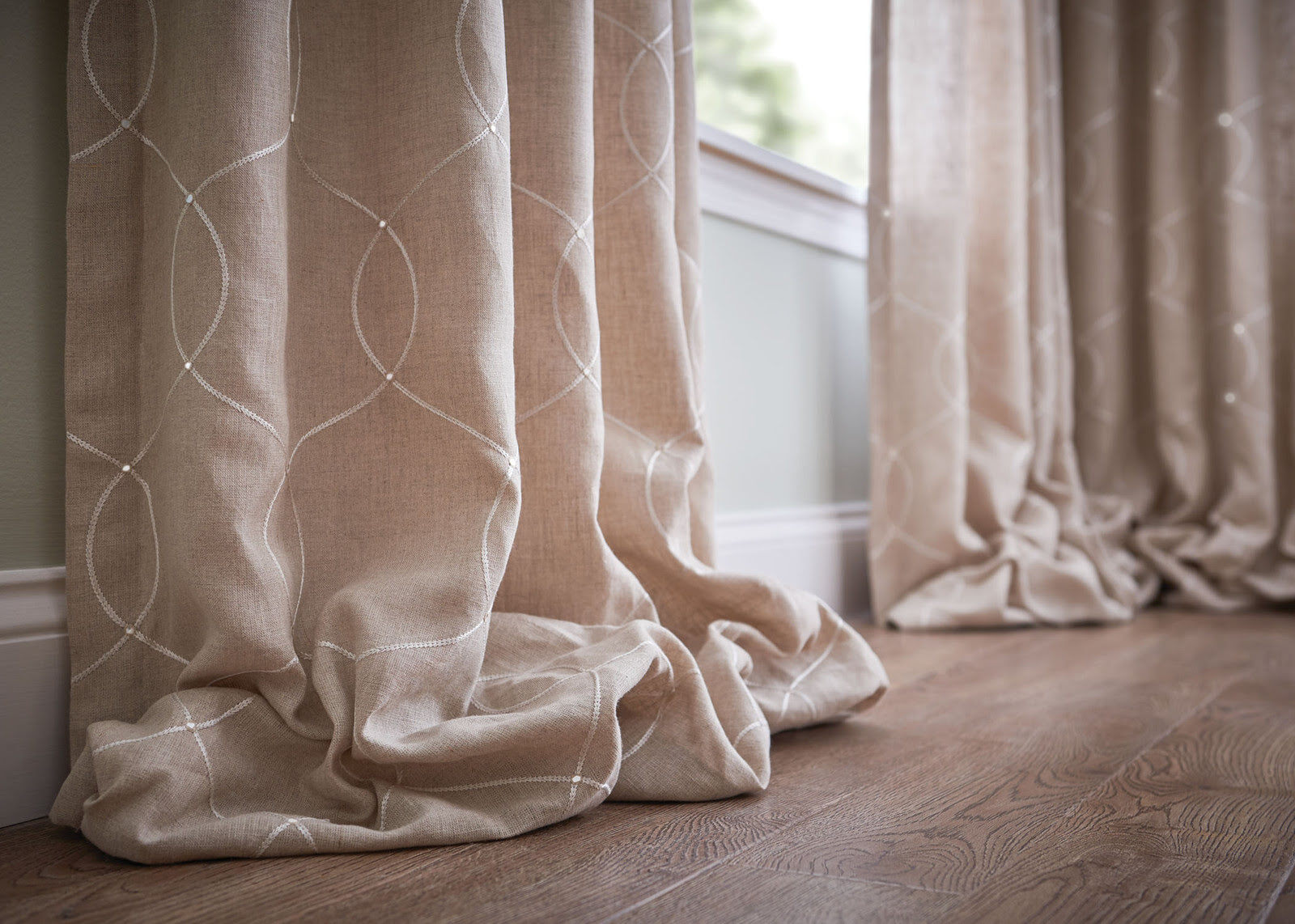

Articles
How Much Should Curtains Puddle
Modified: October 28, 2024
Discover the right length for curtain puddling and create a stunning look for your home. Read our informative articles for expert advice and inspiration.
(Many of the links in this article redirect to a specific reviewed product. Your purchase of these products through affiliate links helps to generate commission for Storables.com, at no extra cost. Learn more)
Introduction
When it comes to interior design and adding the finishing touches to a room, curtains play a significant role. Not only do they provide privacy and control the amount of light entering a space, but they also contribute to the overall aesthetic and ambiance of the room. One important aspect to consider when selecting curtains is how much they should “puddle” or touch the floor.
The decision on how much curtains should puddle may seem trivial, but it can make a substantial difference in the overall look and feel of a room. Depending on your personal preferences and the style you are aiming to achieve, there can be different factors to consider when determining the ideal length for your curtains.
In this article, we will explore the factors to consider when deciding how much curtains should puddle. We will also discuss various design aspects and considerations for different rooms, along with maintenance and cleaning tips.
Key Takeaways:
- The ideal amount of puddling for curtains depends on factors such as design, fabric type, and room function. Consider formal, casual, or minimalist styles to achieve the desired aesthetic.
- Proper maintenance and cleaning are essential to preserve the quality and appearance of curtains. Regular dusting, spot cleaning, and following care instructions can prolong the lifespan of curtains and enhance the beauty of the space.
Read more: Should Curtains Touch The Floor?
Factors to Consider
When determining how much curtains should puddle, there are several factors to consider. Let’s take a look at the key considerations:
- Design and Style: The design and style of your curtains will greatly influence the preferred amount of puddling. For a more formal and elegant look, longer puddles are typically recommended. On the other hand, if you prefer a more casual and relaxed vibe, shorter puddles or even curtains that just touch the floor might be more suitable. Consider the overall aesthetic you want to achieve in your space.
- Length of Curtains: The length of your curtains will also play a role in determining the ideal amount of puddling. Floor-length curtains that extend all the way to the floor will naturally create more puddling compared to curtains that are slightly shorter. Measure the height from the curtain rod to the floor to get an accurate understanding of the curtain length you need.
- Fabric Type: The type of fabric you choose for your curtains can affect how they drape and puddle. Heavier fabrics like velvet or heavy drapes tend to pool more, creating a more luxurious and dramatic effect. Lighter fabrics, such as sheer curtains, may have a softer and more flowing appearance when they touch the floor. Consider the weight and texture of the fabric when determining the desired amount of puddling.
- Curtain Heading: The type of curtain heading or top treatment can also impact the amount of puddling. Curtain headings that are more structured, such as pinch pleat or goblet pleat, can create a more tailored and elegant look with longer puddles. On the other hand, curtain headings that are looser, like rod pockets or grommets, may result in less puddling. Take into account the style and structure of the curtain heading when making your decision.
By considering these factors, you can determine the ideal amount of puddling that will complement your design preferences and the overall aesthetic of the room.
Design and Style
When it comes to curtains, the design and style you choose will greatly influence the ideal amount of puddling. Let’s explore some design and style considerations:
- Formal and Elegant: If you want to create a formal and elegant look, consider longer puddles. This is particularly suitable for rooms such as the living room or dining room, where a more sophisticated ambiance is desired. Curtains that pool on the floor can add a touch of luxury and grandeur to these spaces.
- Casual and Relaxed: For a more casual and relaxed vibe, shorter puddles or curtains that just touch the floor can work well. This style is often seen in spaces like bedrooms or home offices, where a cozy and comfortable atmosphere is desired. Curtains that hang slightly above the floor can create a more laid-back and effortless look.
- Minimalist and Modern: If you prefer a minimalist and modern aesthetic, consider curtains that hover just above the floor or have no puddling at all. This clean and streamlined look can make a bold statement and is often seen in contemporary spaces. Opt for curtains with a crisp and tailored look to achieve this style.
- Romantic and Dreamy: For a romantic and dreamy ambiance, longer puddles can create a whimsical and ethereal effect. Delicate and flowing fabrics, like sheer curtains, can create a soft and romantic atmosphere when they touch the floor. This style is often found in bedrooms or spaces where a romantic and cozy vibe is desired.
Remember, the design and style of your curtains should align with the overall theme and feel of your room. By considering these design aspects, you can choose the ideal amount of puddling that enhances the visual appeal and creates the desired atmosphere in your space.
Length of Curtains
The length of your curtains is an important factor to consider when determining the ideal amount of puddling. Here are some considerations for the length of your curtains:
- Full-Length Curtains: If you want your curtains to reach all the way to the floor, they should be measured to the length from the curtain rod to the floor. Full-length curtains create a more formal and elegant look, and they provide maximum coverage and privacy. When these curtains puddle, it adds a touch of luxury and sophistication to the room.
- Breaking Curtains: Breaking curtains refer to curtains that are slightly shorter than full-length, typically around one inch above the floor. This length allows the curtains to just “break” or touch the floor, creating a more tailored look. Breaking curtains are versatile and can work well in both formal and casual settings.
- Above the Floor: If you prefer a more modern and minimalist look, you may want to hang your curtains just above the floor, leaving a small gap between the bottom of the curtain and the floor. This approach is ideal for contemporary spaces where a clean and streamlined aesthetic is desired.
- Hovering Curtains: Hovering curtains are curtains that are intentionally shortened to hover a few inches above the floor. This style is more commonly used in spaces where foot traffic may be high, such as entryways or bathrooms, to prevent the curtains from touching the floor and getting dirty or tangled.
- Cafe Curtains: Cafe curtains, which cover only a portion of the window, are typically hung at the middle or lower portion of the window. These curtains are commonly used in kitchens or dining areas to allow natural light in while providing privacy. Since cafe curtains are shorter, puddling is not typically a consideration for this style.
Consider the function of the room, the desired aesthetic, and the height of the windows when determining the length of your curtains. By choosing the appropriate curtain length, you can achieve the desired look and functionality while considering the amount of puddling that works best for your space.
Fabric Type
The type of fabric you choose for your curtains can greatly impact how they drape and puddle. Different fabrics have unique characteristics that can affect the overall look and feel of your curtains. Here are some considerations when it comes to fabric type:
- Heavy Fabrics: Thick and heavy fabrics like velvet or brocade tend to create more dramatic and luxurious puddling effect. These fabrics have more weight and stiffness, causing them to pool on the floor and create a rich and opulent appearance. Heavy fabrics are commonly used in formal spaces where a refined and elegant ambiance is desired.
- Lightweight Sheer Fabrics: Sheer fabrics like chiffon or voile have a light and ethereal quality that creates a softer and more flowing effect when they touch the floor. These fabrics allow natural light to filter through while still providing privacy. Sheer curtains are often used in bedrooms or spaces where a romantic and dreamy ambiance is desired.
- Mixed Fabrics: Some curtains may be made of a combination of fabrics, such as a heavier fabric for the upper portion and a sheer fabric for the lower portion. This combination allows for a versatile look, with the heavier fabric creating a structured look on top and the sheer fabric creating a flowing and puddling effect at the bottom.
- Linen and Cotton Blends: Linen and cotton blends are popular choices for curtains due to their natural and relaxed appearance. These fabrics have a medium weight and tend to create a moderate amount of puddling. Linen and cotton curtains are versatile and can work well in both formal and casual spaces.
- Satin and Silk: Satin and silk fabrics have a smooth and lustrous finish that adds a touch of luxury to curtains. These fabrics can create a more fluid and graceful puddling effect. However, it’s important to note that satin and silk fabrics require more care and may not be suitable for high-traffic areas or places that require frequent cleaning.
Consider the style and mood you want to achieve in your space when selecting the fabric for your curtains. Keep in mind the weight, texture, and care requirements of the fabric to ensure that it drapes and puddles in a way that enhances the overall aesthetic of your room.
When deciding how much curtains should puddle, consider a 1-3 inch puddle for a classic look, or a 6-8 inch puddle for a more dramatic effect. Keep in mind the style of the room and the length of the curtains.
Curtain Heading
The type of curtain heading or top treatment you choose can also impact the amount of puddling your curtains will have. The curtain heading refers to the way the top of the curtain is finished and attached to the curtain rod. Here are some considerations for the curtain heading:
- Pinch Pleat: Pinch pleat is a classic and tailored curtain heading that creates a structured and elegant look. With pinch pleats, the fabric is gathered and sewn together at regular intervals, creating neat and defined pleats. Curtains with pinch pleat heading tend to have longer puddles, complementing a formal and sophisticated aesthetic.
- Goblet Pleat: Goblet pleat is another decorative heading that adds an extra touch of elegance and luxury. Goblet pleats are created by folding and tucking the fabric in a cylindrical shape, resembling a goblet. Curtains with goblet pleat heading typically have longer puddles, making them suitable for formal settings or rooms with a traditional design style.
- Rod Pocket: Rod pocket is a simple and casual curtain heading where the top of the fabric is sewn to create a pocket for the curtain rod to slide through. Curtains with rod pocket heading tend to have less puddling, as the fabric is gathered and hangs straight down from the rod. This style is commonly used in more informal spaces or for lightweight curtains.
- Grommets: Grommets are metal rings inserted into the top of the curtain fabric, allowing the curtain rod to slide through. Grommet headings create a modern and clean-lined look. Curtains with grommet heading typically have less puddling, as the fabric hangs straight down from the rod without much gathering. This style is popular in contemporary and minimalist spaces.
- Tab Top: Tab top curtains have fabric loops sewn directly onto the top of the curtain, allowing the curtain rod to be threaded through. Tab top headings create a casual and relaxed look. Curtains with tab top heading tend to have less puddling, as the fabric hangs straight down from the rod with minimal gathering. This style is commonly used in more informal spaces or for lightweight curtains.
Consider the style and overall design of your room when selecting the curtain heading. The curtain heading can enhance the overall look and feel of the curtains, and therefore impact the desired amount of puddling.
Puddle Amount Options
When it comes to determining the amount of puddling for your curtains, there are various options to consider. Here are some common puddle amount options:
- No Puddle: Some homeowners prefer a clean and tailored look without any puddling. In this case, the curtains are cut to the exact length needed to touch the floor, creating a crisp and minimalistic appearance.
- Minimal Puddle: For a subtle and understated puddling effect, you can opt for a minimal amount of puddling. The curtains are cut slightly longer than needed, allowing them to touch the floor with a gentle and delicate drape.
- Slight Puddle: A slight puddle provides a graceful and elegant look. The curtains are cut longer than needed, extending slightly onto the floor. This creates a flowing effect that adds a touch of luxury to the room.
- Standard Puddle: A standard puddle refers to curtains that are cut significantly longer than needed, creating a pronounced and dramatic puddling effect. This style is often used in formal settings and adds a sense of grandeur and opulence to the space.
- Exaggerated Puddle: An exaggerated puddle is a bold choice that makes a statement. The curtains are intentionally cut much longer than needed, resulting in a voluminous and flowing effect that can create a more whimsical and romantic ambiance.
Remember to take into account the overall design and style of your space when deciding on the amount of puddling. Consider the desired aesthetic and the function of the room to choose the puddle amount that best suits your preferences.
Considerations for Different Rooms
The ideal amount of puddling for your curtains can vary depending on the specific room and its intended purpose. Here are some considerations for different rooms:
- Living Room: The living room is often a space where you entertain guests and showcase your personal style. Consider longer puddles or even dramatic puddling for a formal and elegant look. This can add a touch of luxury and sophistication to the space.
- Bedroom: In the bedroom, creating a cozy and relaxing atmosphere is key. Opt for curtains that puddle slightly or touch the floor to achieve a soft and dreamy look. Delicate and flowing fabrics, such as sheer curtains, can enhance the romantic ambiance in this space.
- Dining Room: For the dining room, longer puddles can create a formal and elegant setting. Consider curtains with pinch pleat or goblet pleat heading for a structured and refined look. The longer puddles add a touch of luxury and sophistication to family gatherings or formal dinner parties.
- Kitchen: In the kitchen, cafe curtains are a popular choice. These curtains typically cover only a portion of the window, allowing ample natural light to enter while maintaining privacy. Puddling is not a major consideration for this style, as the curtains are shorter and hang at the middle or lower portion of the window.
- Bathroom: In the bathroom, practicality and functionality are important. Curtains that are slightly above the floor or hover a few inches above the ground are recommended to prevent them from getting wet or dirty. Consider lightweight and easy-to-clean fabrics for bathroom curtains.
Remember to consider the specific needs and desired atmosphere for each room when determining the ideal amount of puddling for your curtains. Tailor the puddle length to suit the function, style, and overall aesthetic of the space.
Maintenance and Cleaning
To keep your curtains looking their best and prolong their lifespan, proper maintenance and cleaning are essential. Here are some tips for maintaining and cleaning your curtains:
- Regular Dusting: Dust your curtains regularly to prevent the buildup of dust and allergens. Use a soft-bristle brush attachment on your vacuum cleaner or gently brush them with a duster or microfiber cloth.
- Spot Cleaning: For small stains or spills, spot cleaning is often sufficient. Blot the stain gently with a clean cloth or sponge soaked in mild detergent and warm water. Avoid rubbing the stain, as it may cause further damage to the fabric.
- Professional Cleaning: If your curtains are heavily soiled or have difficult stains, it may be necessary to seek professional cleaning services. They will have the expertise and specialized equipment to clean your curtains without causing damage.
- Follow Care Instructions: Always refer to the care instructions provided by the manufacturer for your specific curtain fabric. Different fabrics may have different cleaning requirements. Follow the recommended washing, drying, and ironing instructions to maintain the quality and appearance of your curtains.
- Avoid Water Damage: If your curtains are not suitable for machine washing, avoid getting them excessively wet as it can damage the fabric and affect the puddling. Instead, spot clean or consider dry cleaning options.
- Protect from Sun Damage: The sun’s UV rays can cause fading and damage to your curtains over time. Consider using sheer or lightweight curtains as a protective layer to shield your main curtains from direct sunlight. Alternatively, use window films or shades to reduce the intensity of sunlight entering the room.
- Regular Inspections: Periodically inspect your curtains for any signs of wear and tear, loose threads, or damage. Address any issues promptly to prevent further damage and maintain the overall appearance of your curtains.
By following these maintenance and cleaning tips, you can keep your curtains in excellent condition and ensure that they continue to enhance the beauty and style of your space.
Read more: How Long Should Cafe Curtains Be
Conclusion
Choosing the right amount of puddling for your curtains is an important decision when it comes to creating the desired look and feel of your space. Factors such as design and style, curtain length, fabric type, and curtain heading all play a role in determining the ideal puddle length. By considering these factors and the specific needs of each room, you can achieve a cohesive and visually appealing aesthetic.
Whether you prefer a formal and elegant atmosphere with longer puddles, a casual and relaxed vibe with shorter puddles, or a minimalist and modern look without any puddling at all, there are various options to suit your style.
Remember to properly maintain and clean your curtains to keep them looking their best. Regular dusting, spot cleaning, and following care instructions will help preserve the quality and appearance of your curtains over time.
In conclusion, selecting the right amount of puddling for your curtains is a personal choice that depends on your style preferences and the specific requirements of each room. Consider the desired aesthetic, functionality, and maintenance needs to determine the perfect puddle length that enhances the beauty and ambiance of your space.
Curious about dressing up larger windows? Our next article on drapery styles offers a treasure of ideas to enhance your space with elegance and sophistication. Whether seeking inspiration or practical advice on selecting the best curtain options for expansive views, you'll find detailed suggestions that cater to diverse tastes and room functionalities. From light, airy fabrics that brighten a room to heavier materials that offer privacy and warmth, this guide is perfect for anyone looking to refine their window treatments. Don't miss out on transforming your home's atmosphere with our stylish and functional curtain recommendations!
Frequently Asked Questions about How Much Should Curtains Puddle
Was this page helpful?
At Storables.com, we guarantee accurate and reliable information. Our content, validated by Expert Board Contributors, is crafted following stringent Editorial Policies. We're committed to providing you with well-researched, expert-backed insights for all your informational needs.
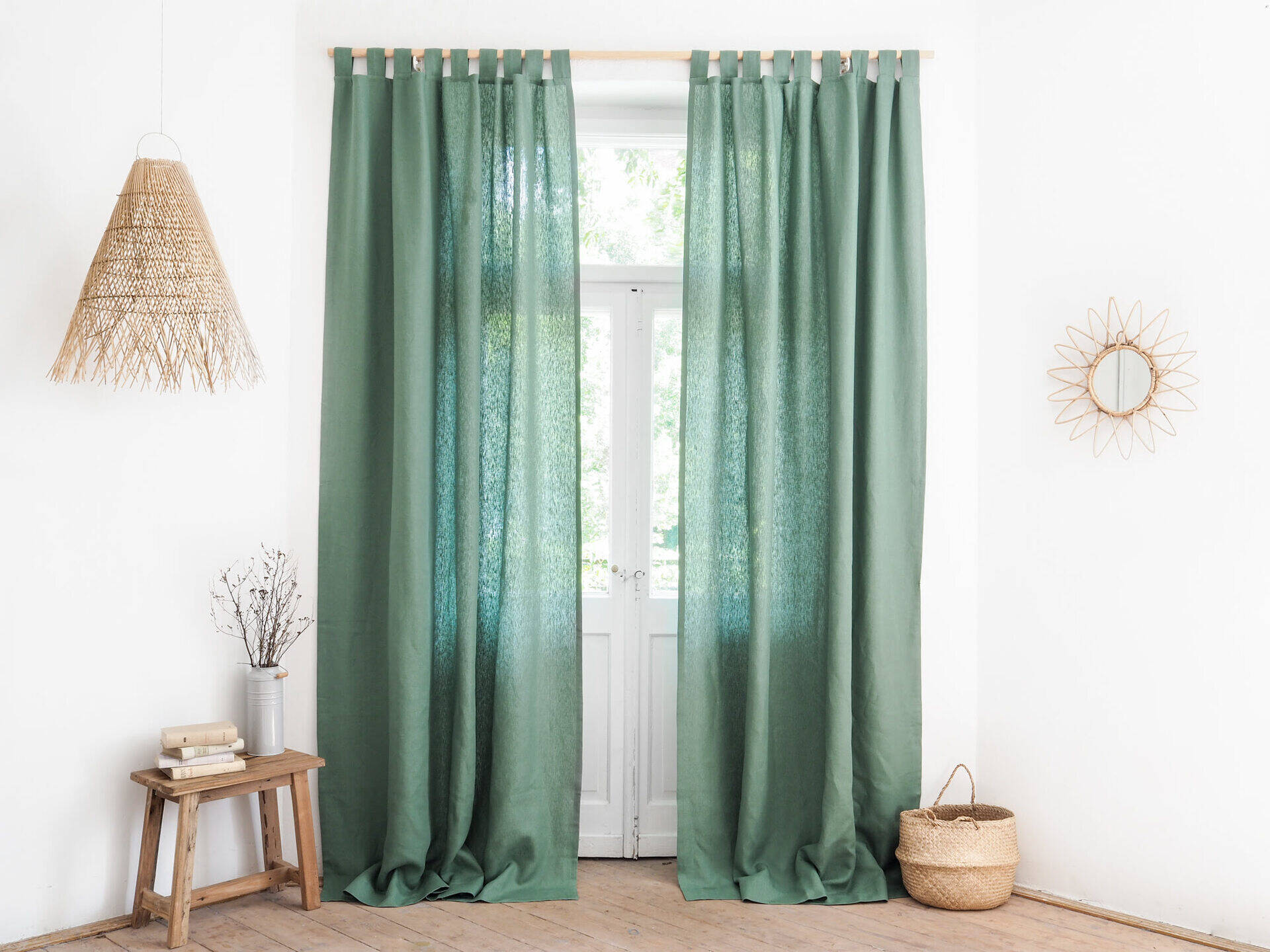


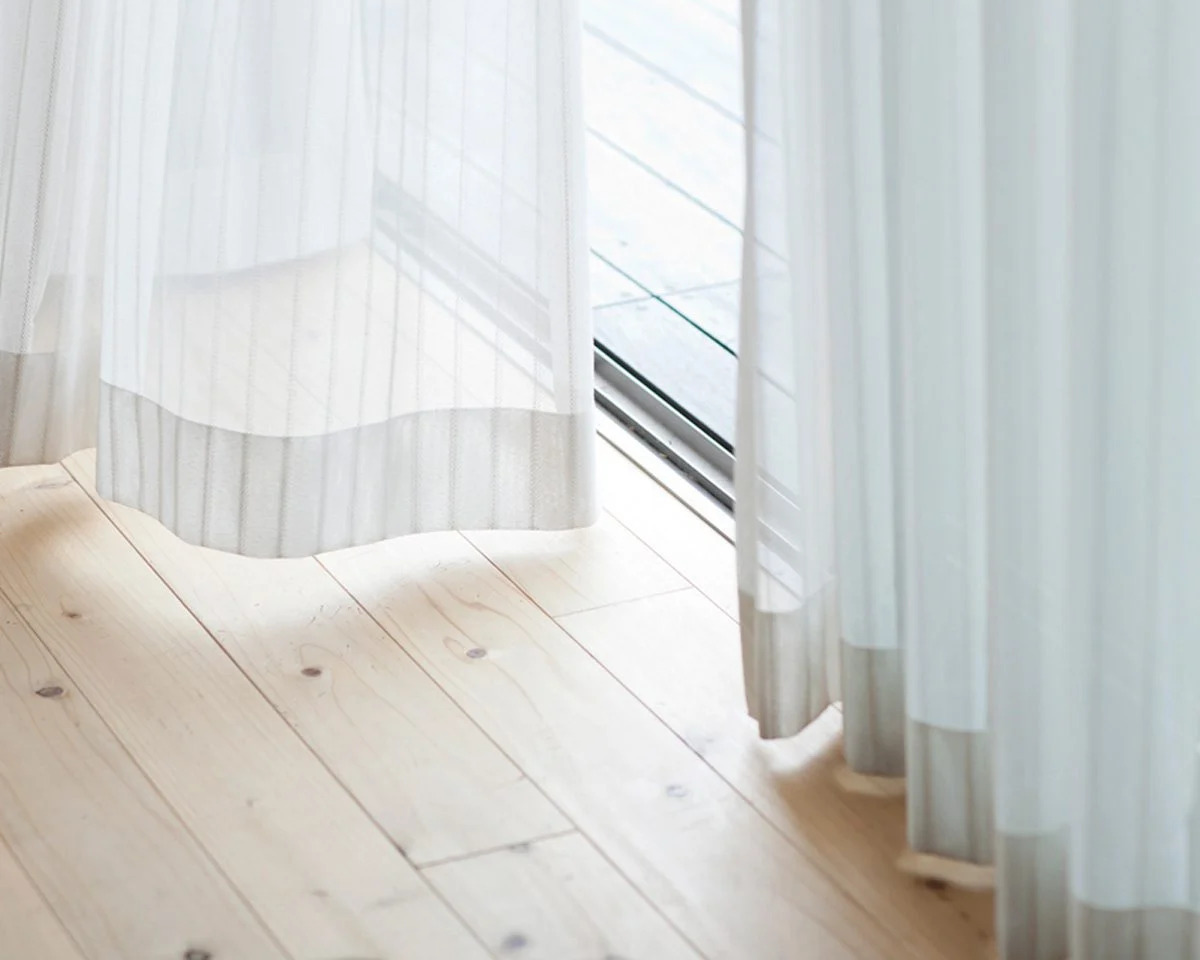
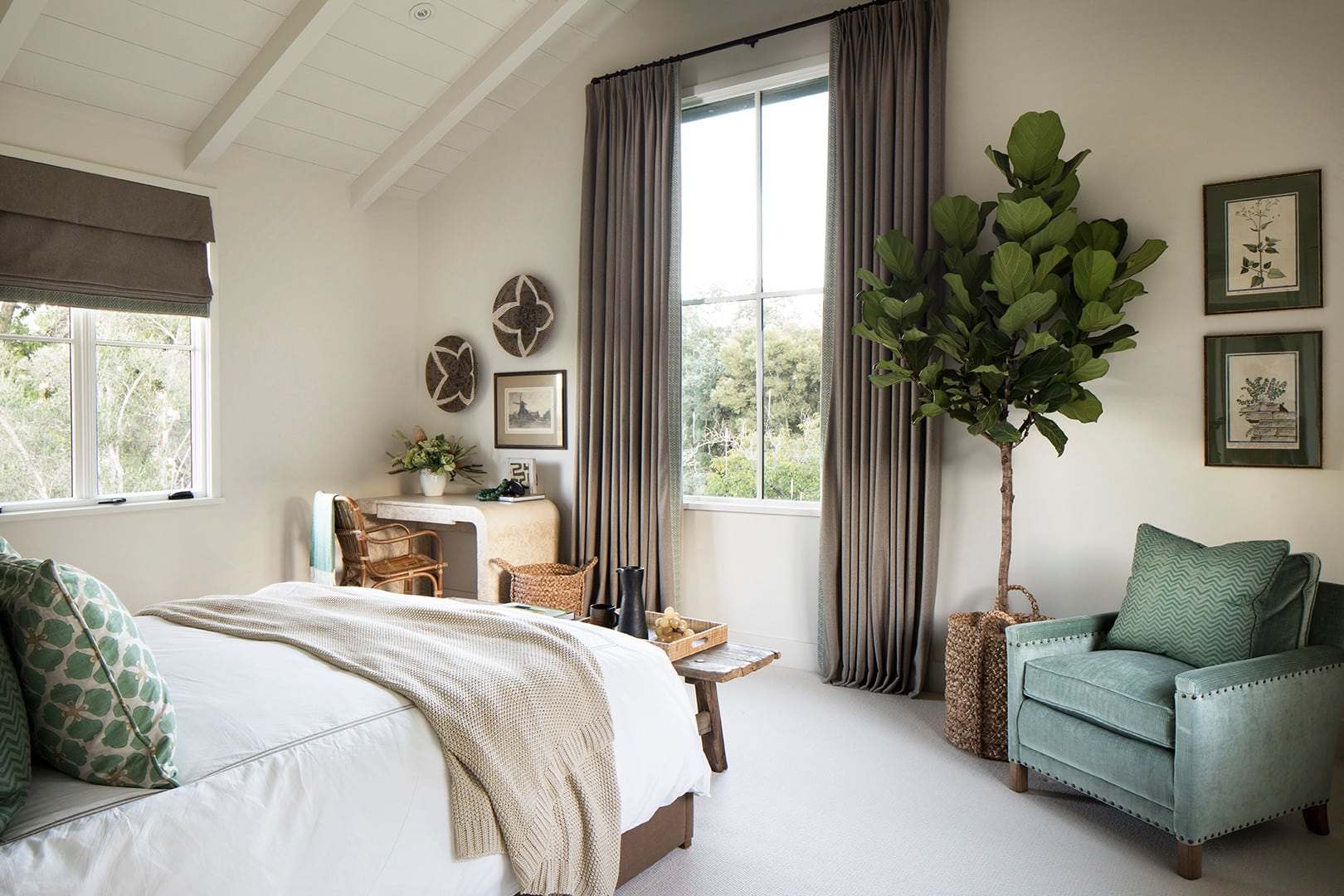
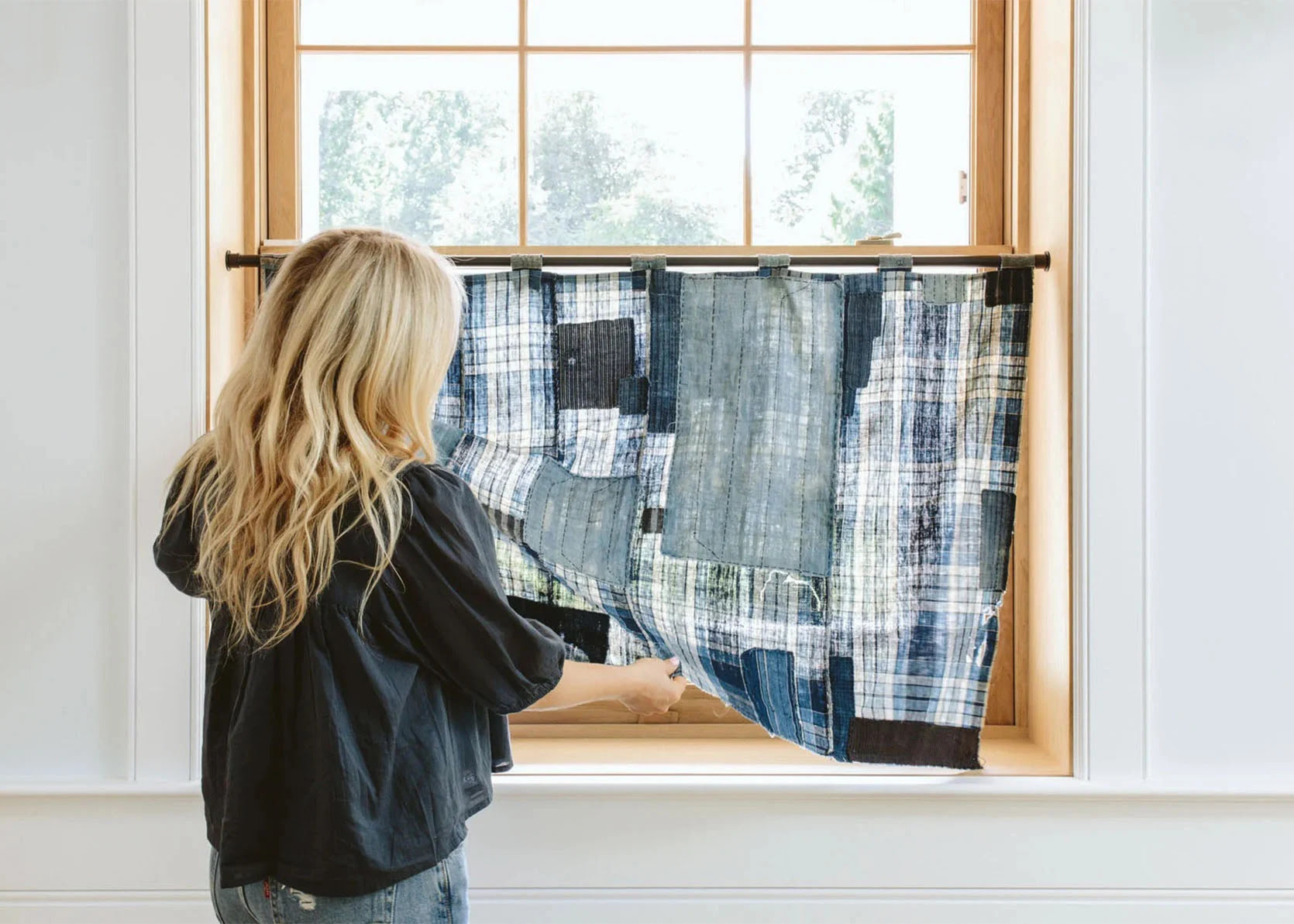
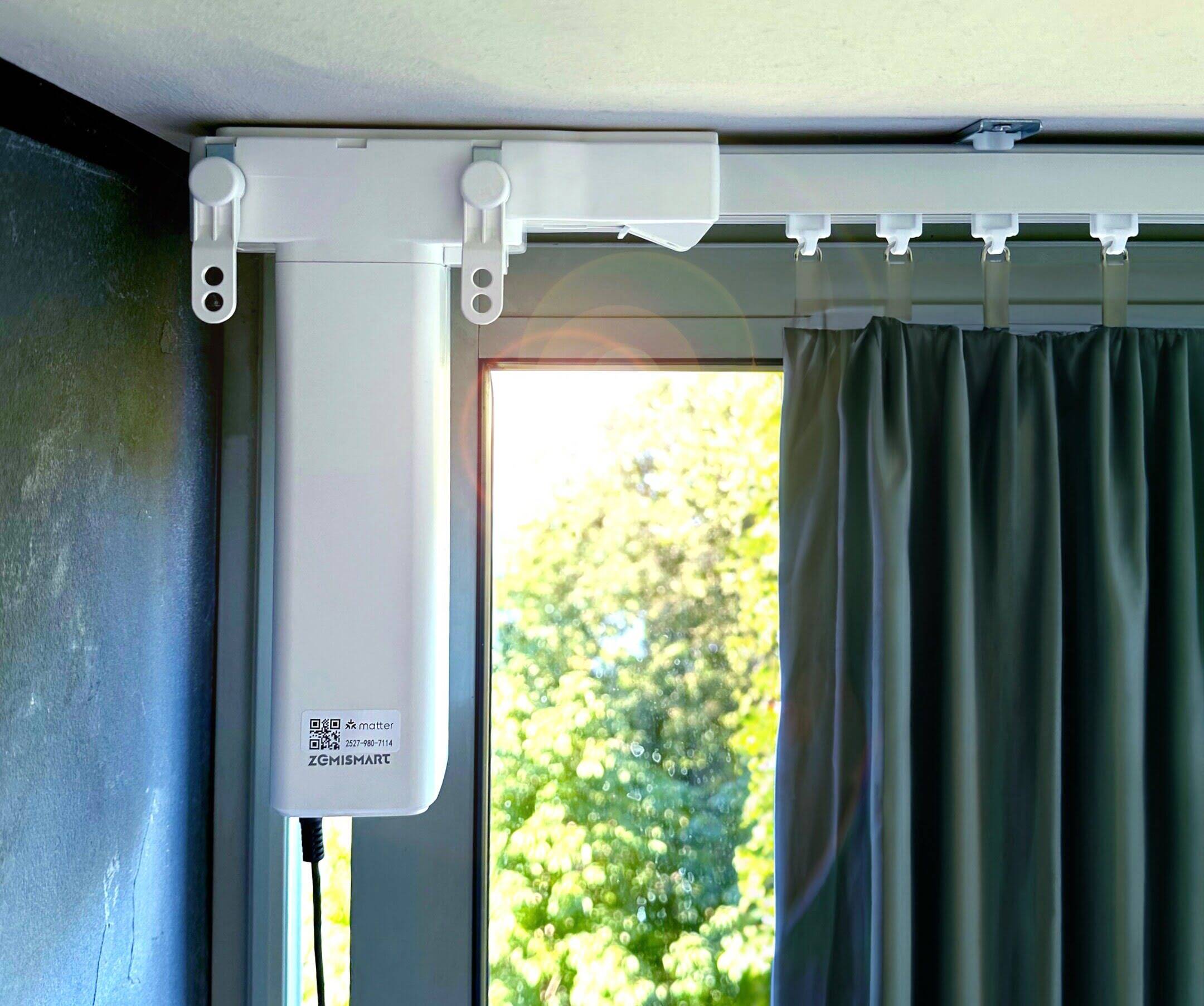
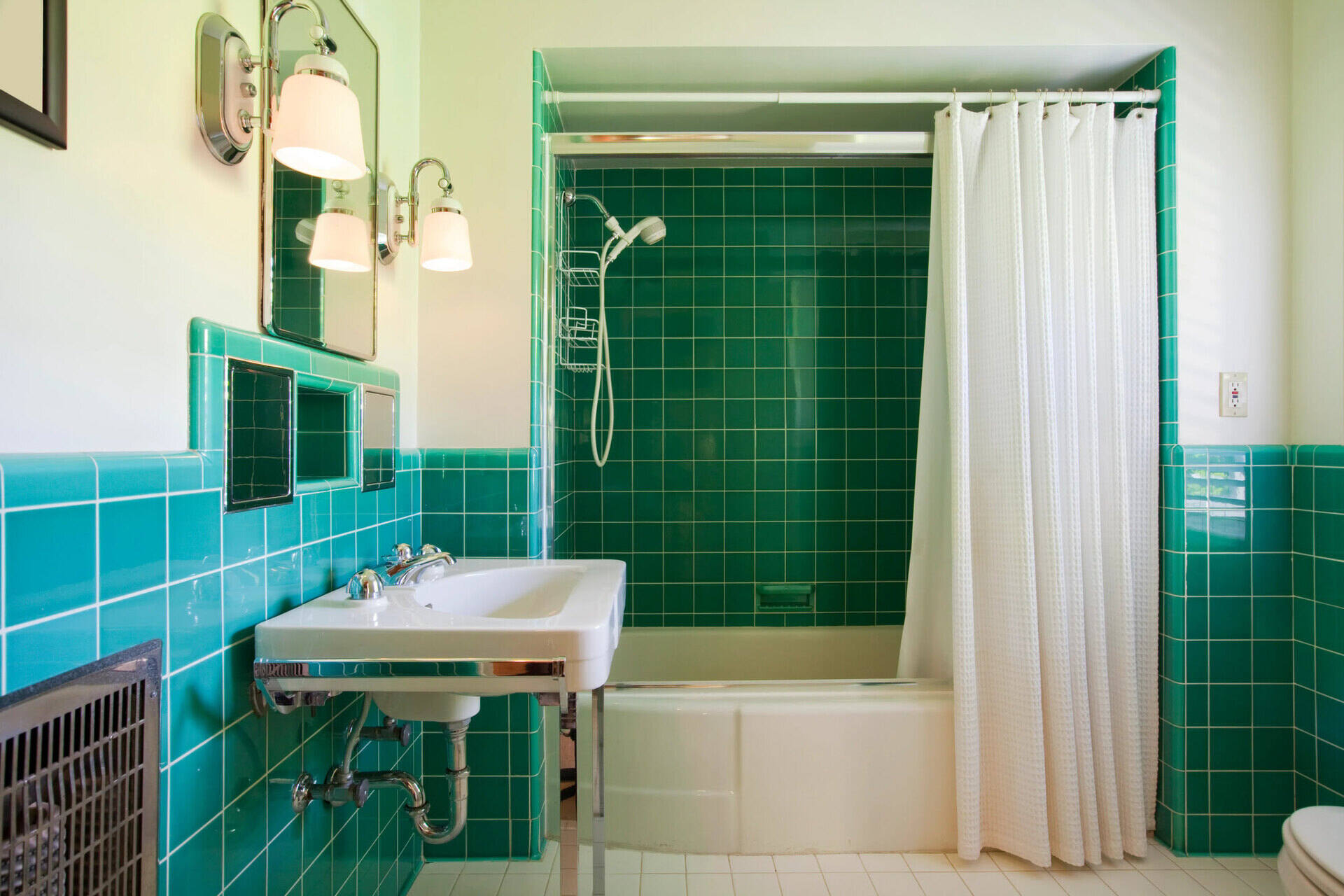
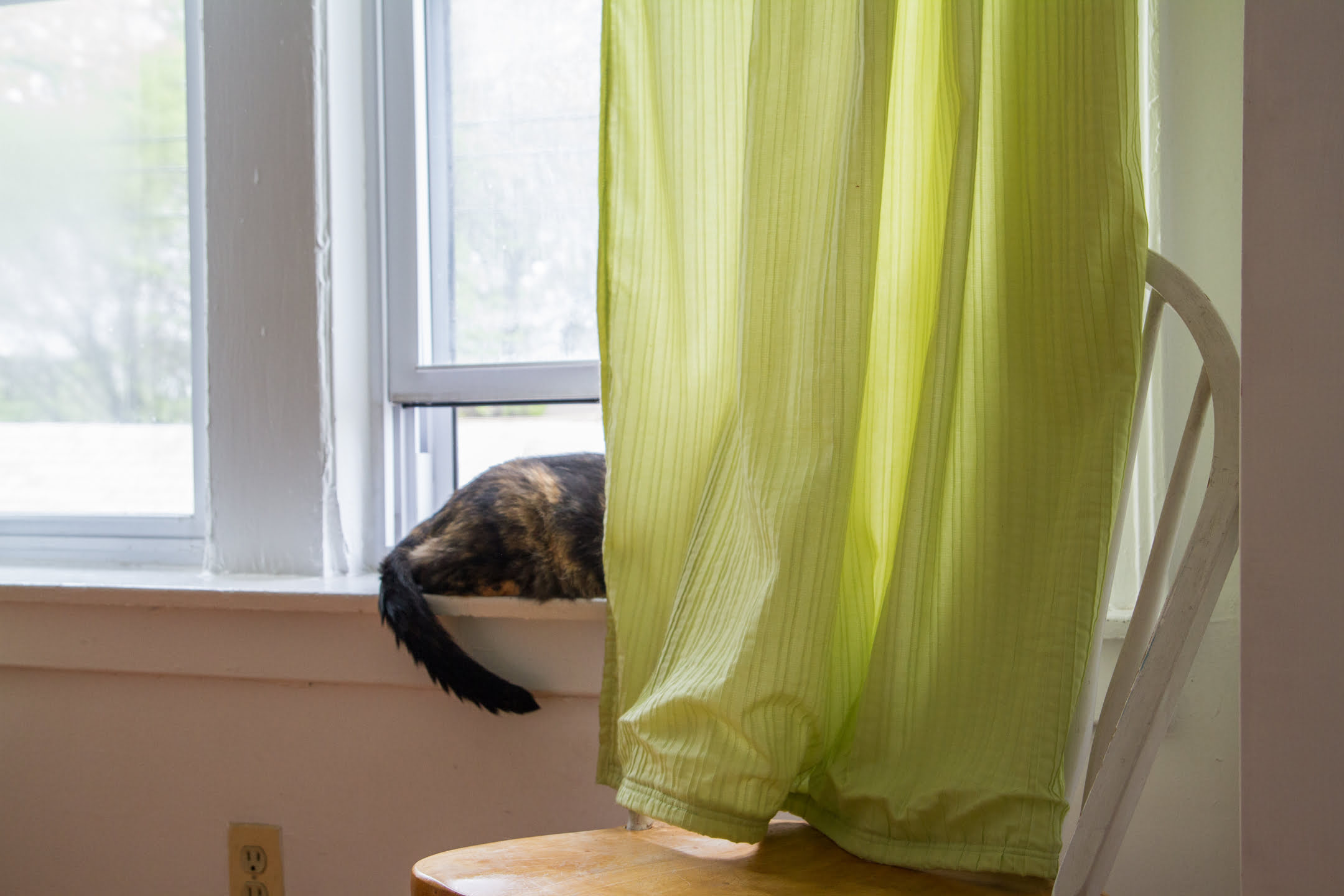
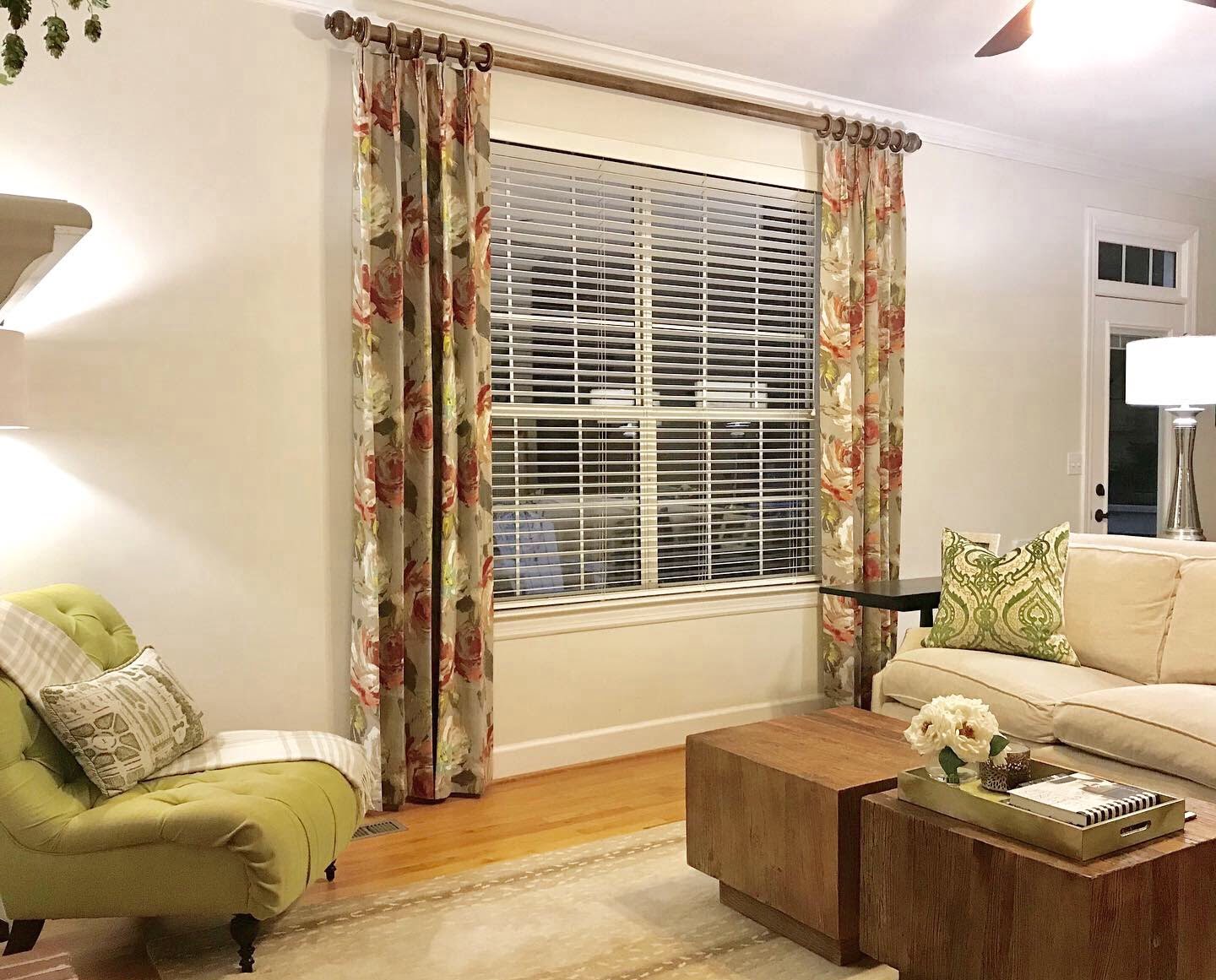
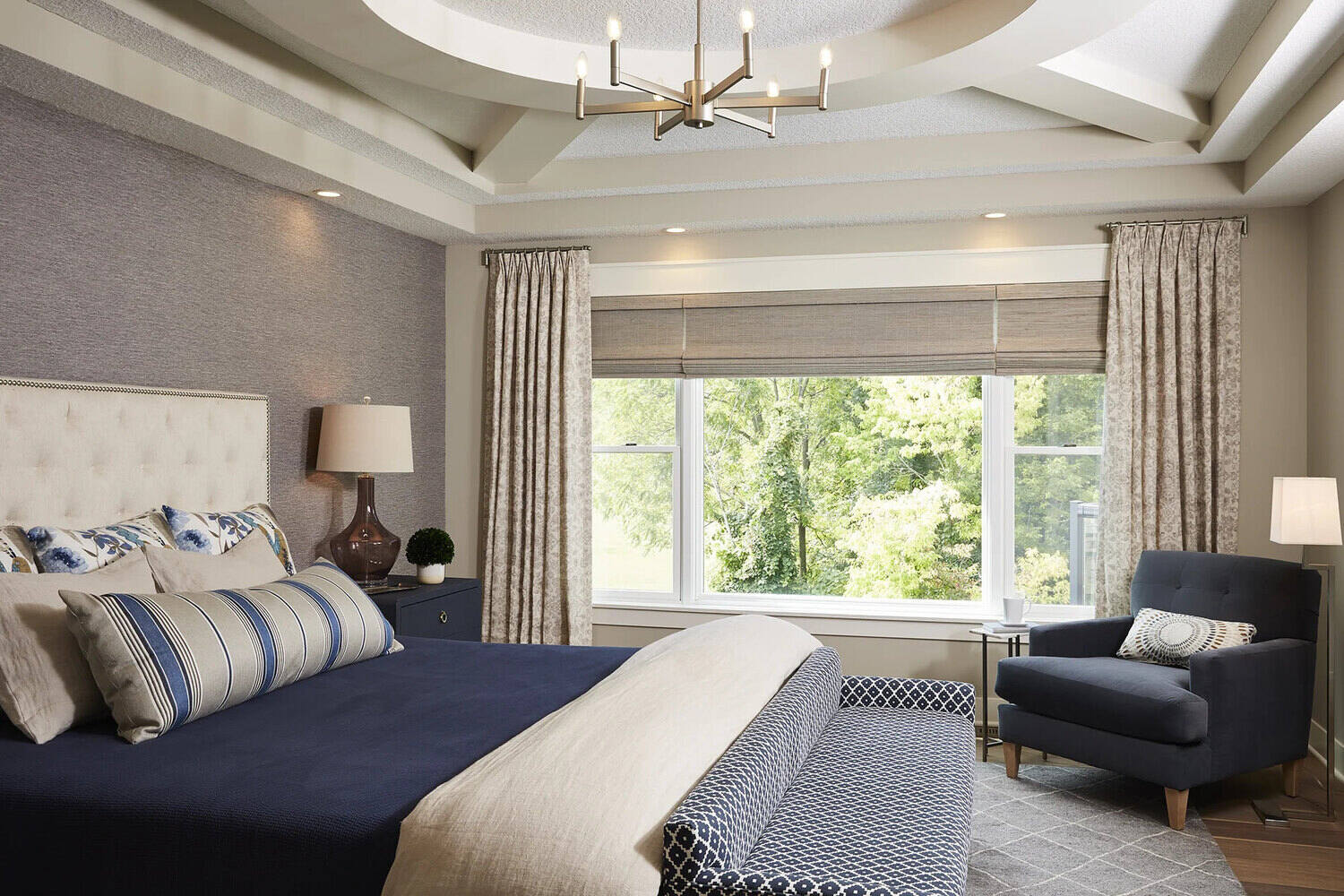
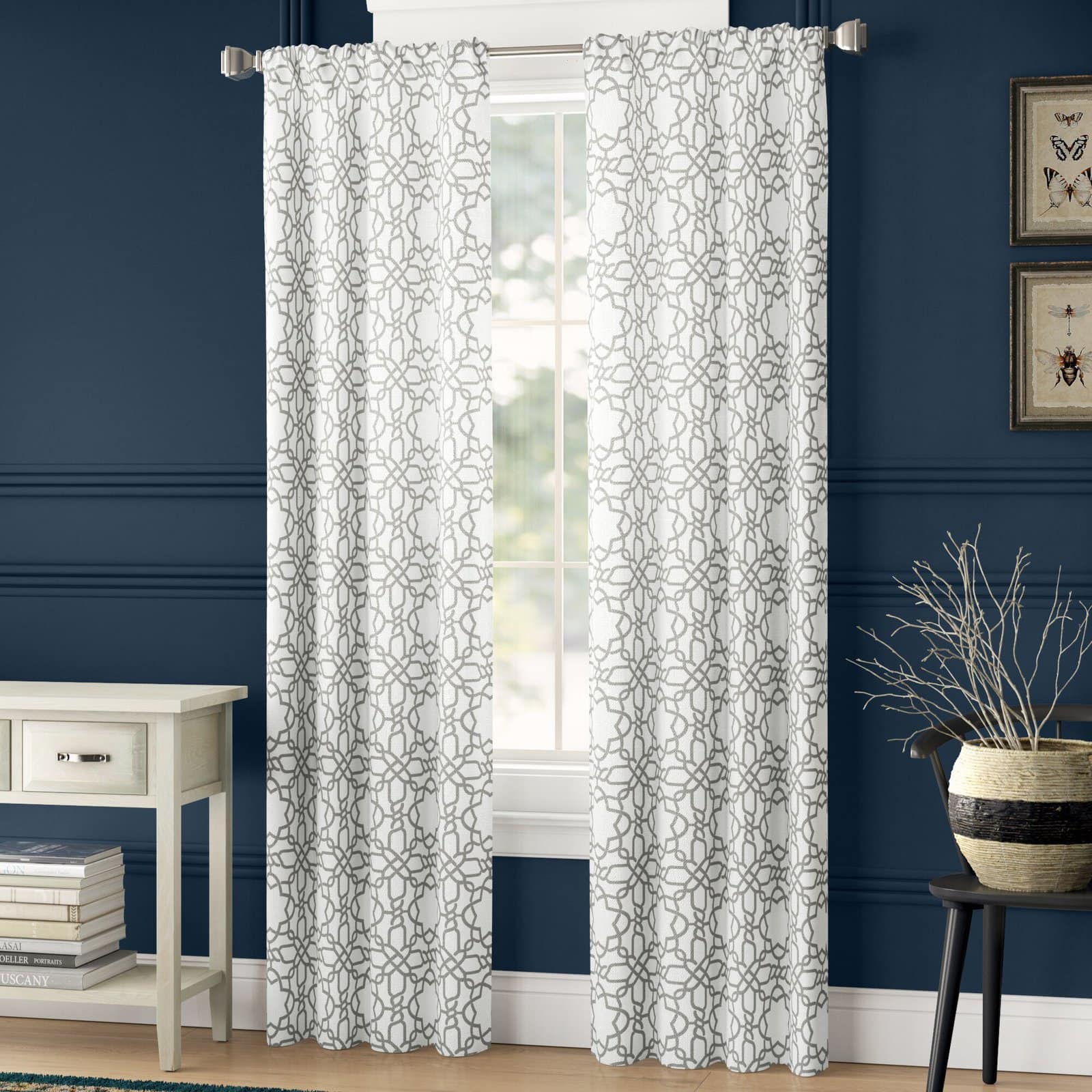
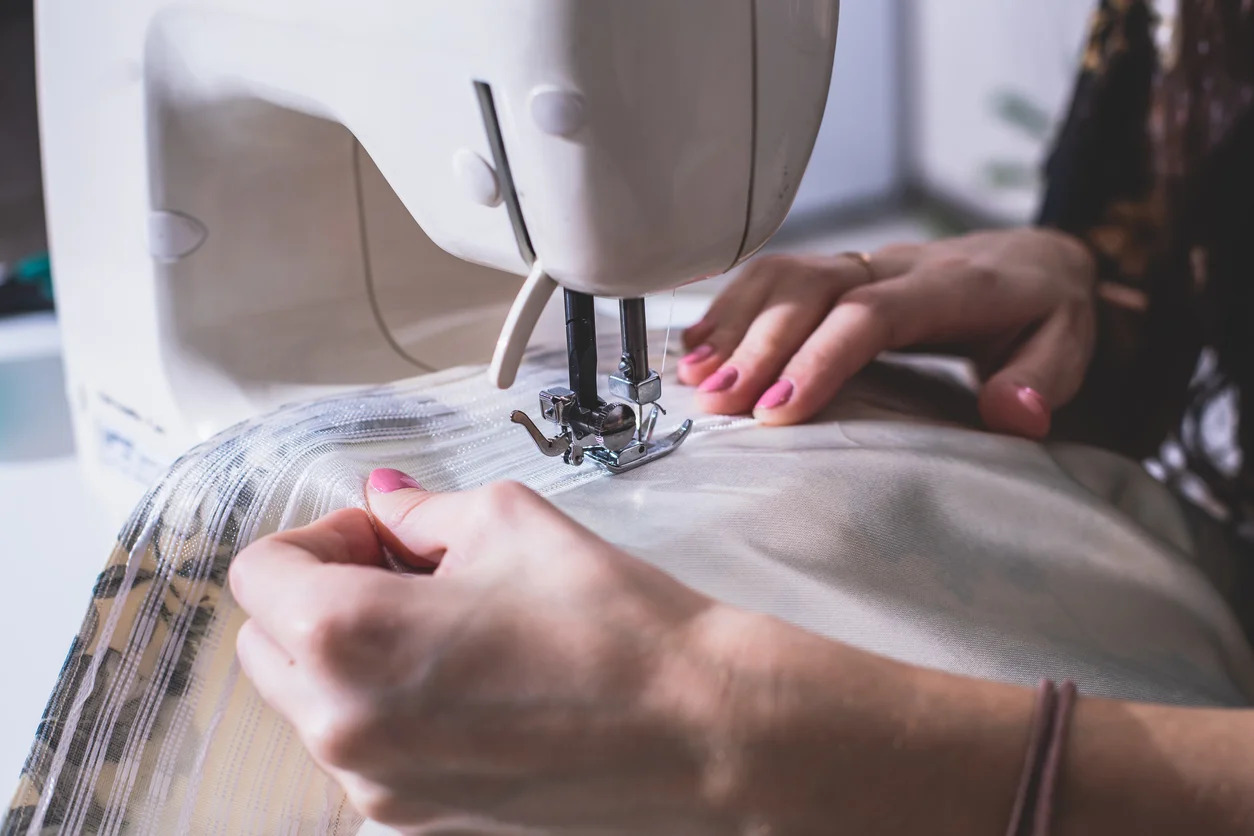

0 thoughts on “How Much Should Curtains Puddle”